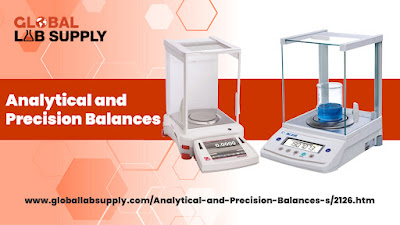In most laboratories, you can find a shaking incubator as an alternative to a shaker. It is advanced software, and sophisticated programs make it easy to access. Moreover, being compatible with most of the accessories, you get versatile equipment.
Use it for a variety of applications, and you can also control the temperature for optimum function. But, you just cannot buy any incubator, it must have some qualities that can meet your requirement.
Are you confused? Then here are the features that you should consider while finding the right shaking incubators.
Consider the size
It would help if you got the perfect sized incubators based on the application. If you need to incubate samples, then decide how many you have to incubate in one go. Based on that, you need to find out the machine that has the potential to hold the capacity. Go for floor-model shaking incubators than the benchtop ones.
Features and facilities available
Consider the atmosphere and the features to control the temperature. Also check whether the machine can adjust humidity, UV lights, and CO2. The machine must also have the facility to sterilize the environment where the samples will be put. Look for additional support, such as refrigeration.
The motion of the incubator
Verify whether the equipment's shaking motion is directed towards the horizontal or circular, or orbital motion. This will decide whether the machine has the capability to mix liquids without any hassle. Further, if you are working on culturing cells, then the direction of motion is an integral part. You need to understand the orbit size and whether this motion is affecting the aeration of the culture samples.
Lighting features of the incubator
Get to know the lighting features of the shaking incubator. Some come with fluorescent light, which you can use to study photosynthesis. Further, if you are working on a project requiring frequent sterilisation, opt for the models with UV light bank features.
Conclusion
So, now you know exactly what you should look for while buying an incubator. Global Lab Supply has been a promising incubator provider that offers varied features, styles, and sizes. You can also get an incubator with an automated alarm system, digital interfaces, etc.














